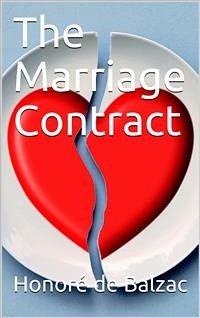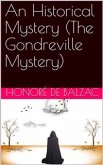The marriage between an elegant but weak young man, Paul de Manerville, and the spoiled daughter of a Spanish nobleman, Natalie Evangélista, is undermined from the beginning by a fight over the contract of marriage and the financial arrangements, which causes the mother-in-law to seek revenge against Paul.
Balzac has given us many portraits of women--a few good women and a lot of bad women. Often the "bad" women have some redeeming features but not so Madame Evangelista. Much of the novel is concerned with the marriage contract. The portrayal of the two lawyers is excellent. Other characters include Madame Evangelista's daughter Natalie, Comte de Mannerville and Henri de Marsay, all of whom appear in other works of The Human Comedy.
Balzac has given us many portraits of women--a few good women and a lot of bad women. Often the "bad" women have some redeeming features but not so Madame Evangelista. Much of the novel is concerned with the marriage contract. The portrayal of the two lawyers is excellent. Other characters include Madame Evangelista's daughter Natalie, Comte de Mannerville and Henri de Marsay, all of whom appear in other works of The Human Comedy.









